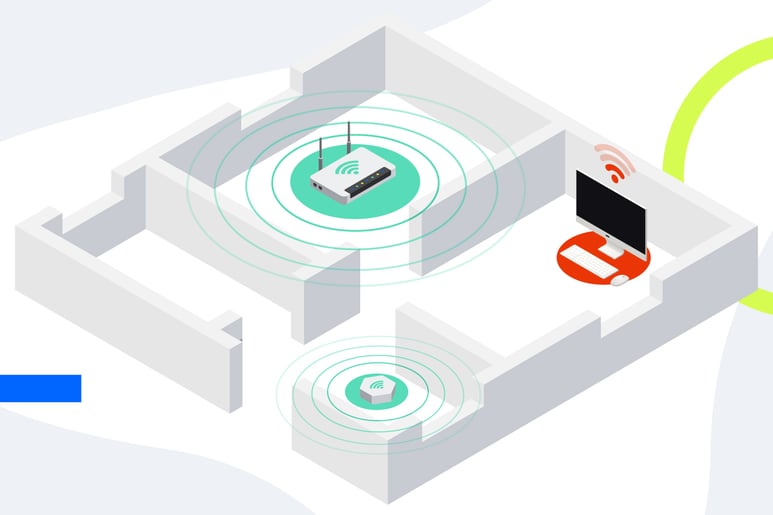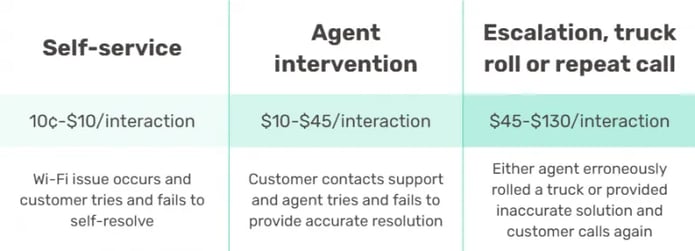3 ways to improve subscriber experiences—and trim your OPEX, too

An ISP’s subscriber experience has an interesting correlation with overall operating expenses (OPEX). Generally speaking, they’re symbiotic; one will nearly always directly impact the other, for better or for worse.
As much as a business would love for subscribers to have excellent experiences every time, it’s not always feasible. It’s far too easy to overpromise and underdeliver on subscriber experience—especially given how expensive it can be. But by finding ways to improve the subscriber experience, it’s entirely possible for ISPs to end up trimming OPEX too.
Today, let’s explore what your ISP can do to improve the experiences your subscribers receive—and reduce your OPEX at the same time.
1. Make sure networks are set up properly.
It’s better to do things right the first time so you don’t have to do them twice—or more than that, even. But when it comes to home networks, there’s a lot of room for error in the installation process.
Even directly after a home network installation, there are plenty of issues subscribers can run into. For example, recent research shows that 56% of consumers still have WiFi dead spots in their homes—and even if they have pods to help, only about 7% of ISPs say subscribers are getting pod placement right.
And it isn’t just pods, either. As RouteThis CEO Jason Moore explained, left to their own devices, subscribers will sometimes put essential devices like routers in some really weird places.
I’ve heard some pretty incredible horror stories from the field. One of our customers’ subscribers really did demand that the technician install the router into the metal ductwork of their home."
2. Adapt support processes to match growing demand.
Did you know? More than a third of consumers are now using their WiFi for an additional seven to ten hours per day. This puts a massive amount of strain on home networks, and bad news for ISPs, it means these subscribers are experiencing issues much more frequently.
This introduces two expensive issues for ISPs:
- A higher volume of incoming support calls, which could potentially turn into more expensive escalations
- A higher potential for churn, since more than one in four subscribers that experienced WiFi issues in 2021 chose not to call support simply because of the time and effort involved
3. Ensure agents can resolve issues remotely.

